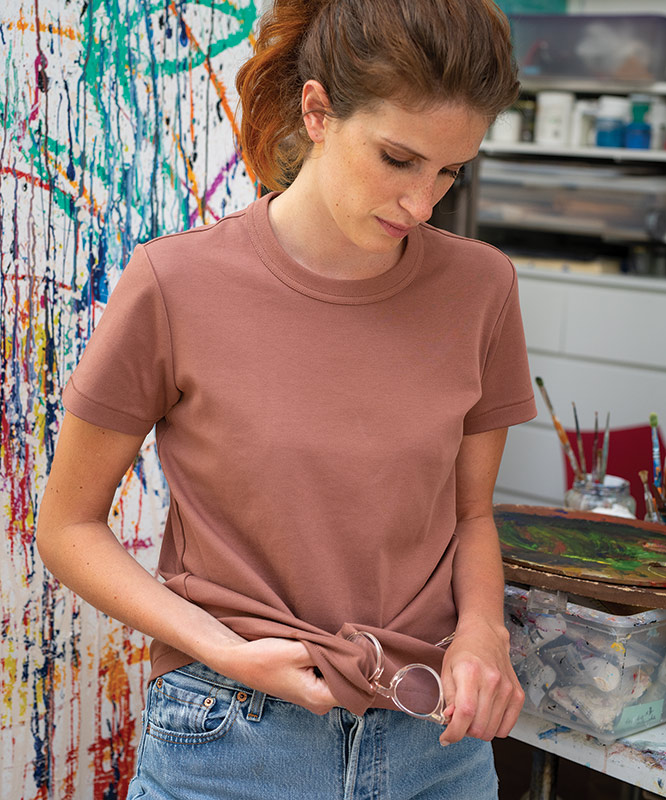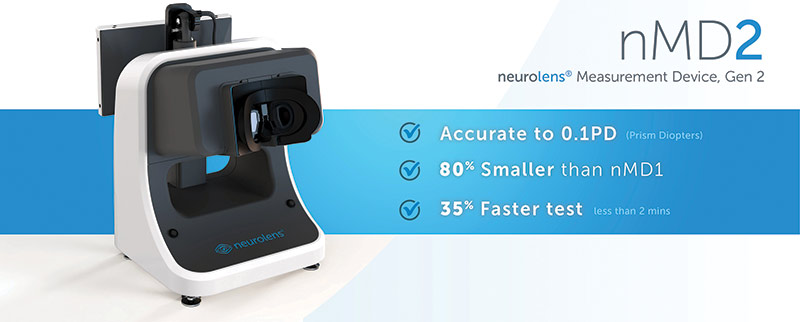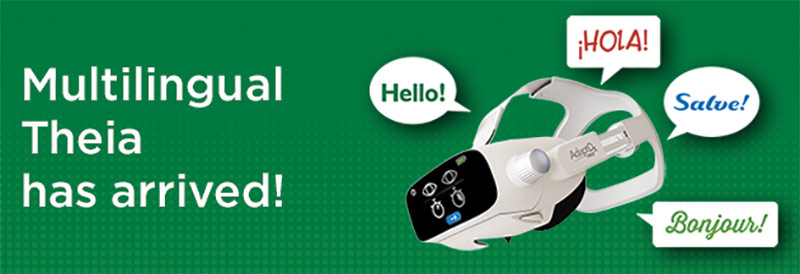CRIZAL ROCK
Essilor
Crizal Rock is “The most scratch-resistant Crizal No-Glare lenses ever made,” according to Essilor.
Features: Crizal Rock lenses are three times more scratch-resistant than entry-level Crizal products and two times easier to clean than its main competitors after extensive smudging, according to Essilor.
To ensure it released a lens equipped to meet real needs of wearers, Essilor developed a series of tests to assess a lens’ resistance to scratches and smudges. In this battery of tests designed to reproduce the daily activities of an eyeglass wearer, Crizal Rock lenses were subjected to drop tests, improper cleaning and placed unprotected in loaded purses to be jumbled and shaken. The lenses also underwent a new sand-resistance test which measures scratch resistance after 300 shake-cycles in a sand tray. The results of these tests and more, all certified by independent third parties, prove that Crizal Rock lenses are the most scratch-resistant Crizal No-Glare lenses ever made.
Crizal Rock lenses feature Essilor’s High-Resistance Technology, a combination of specific oxides proven to resist scratches and dust. Thanks to their high surface density superhydrophobic topcoat and anti-particulate layer, Crizal Rock lenses also have excellent smudge resistance and are easy to clean, Essilor says. In addition, Crizal Rock lenses reduce glare and provide optimal protection against UV light with protection from backside UV reflections. Like all Crizal No-Glare lenses, Crizal Rock lenses carry the Skin Cancer Foundation seal of recommendation.
Availability: Crizal Rock lenses are available now from coast to coast across lab networks and through all major managed vision care providers. Crizal Rock is available with Varilux progressive lenses, Eyezen enhanced single vision lenses, and other Essilor lens designs and materials.
To learn more about Crizal Rock lenses and to sign up to receive a free merchandising kit, ECPs can contact their Essilor account executive or visit the Essilor website below.
NEUROLENS MEASUREMENT DEVICE, GEN 2 (NMD2)
neurolens
The neurolens Measurement Device, Gen 2 (nMD2) offers “an objective, accurate and repeatable way to measure binocular vision or more specifically, eye alignment,” according to neurolens.
Features: Employing over 10,000 data points per patient, the cutting-edge eye tracking system can identify eye misalignment as small as 0.1 Prism Diopters. The diagnostic information from the nMD2 is used to prescribe neurolenses with patented Contoured Prism technology, which bring the eyes into alignment, relieving the headaches, neck and shoulder pain, eye strain, dry eye and dizziness that many people experience when using their near vision.
The nMD2 is 80 percent smaller than the first-generation nMD, making it easy to incorporate into any practice space. The diagnostic test on the nMD2 is also 35 percent faster, maximizing pre-test efficiency and overall patient flow. The nMD2 employs state-of-the-art technology such as USB 3.0 cameras to support faster eye tracking and increased fields of vision, allowing for additional testing capabilities and providing a more immersive patient experience.
Most clinical testing routines for evaluating binocular vision are subjective, depending on either the patient’s attentive response or the clinician’s level of expertise. This subjectivity can lead to inaccuracy and poor repeatability. Measurements from the nMD2, however, are not impacted by the examiner’s level of expertise or the patient’s responsiveness. In fact, the nMD2 can be operated by a technician at any experience level, making this technology accessible to any eyecare practice, neurolens says.
Availability: The nMD2 will be commercially available on July 1, but neurolens is taking orders now as part of a pre-sale offer.
ADAPTDX PRO WITH MULTIPLE LANGUAGE CAPABILITY
MacuLogix
MacuLogix announced the first major software upgrade for its AdaptDx Pro portable dark adaptometer. Once the software is automatically downloaded and installed, the artificial intelligence-driven onboard technician Theia will provide patient instructions and user interfaces in multiple languages. The in-office technician can operate the device in one language, while selecting a different language for the patient to experience. Once the test starts, Theia takes over to facilitate a consistent testing experience using automated instructions and adaptive feedback spoken directly to the patient in their native language.
Features: The language options for both the device interface and Theia include English, North American Spanish, European Spanish, French, Italian, German and Canadian French. Theia is also available with a British and Australian accent. “In order to adequately serve our diverse population, health care needs to be available and deliverable in languages native to our patients,” explains Julie Rodman, OD, MSc, FAAO, professor of Optometry, Nova Southeastern University. “With this update, your technician can operate the device in one language and set Theia to speak to the patient in another.”
AdaptDx Pro guided by Theia measures dark adaptation in a clinical setting quickly and effectively, using an objective, functional measurement called the Rod Intercept (RI). Importantly, impaired dark adaptation as measured by the AdaptDx Pro is 90 percent specific and sensitive to AMD. As a self-contained wearable headset, the AdaptDx Pro requires no dark room or external computer.














